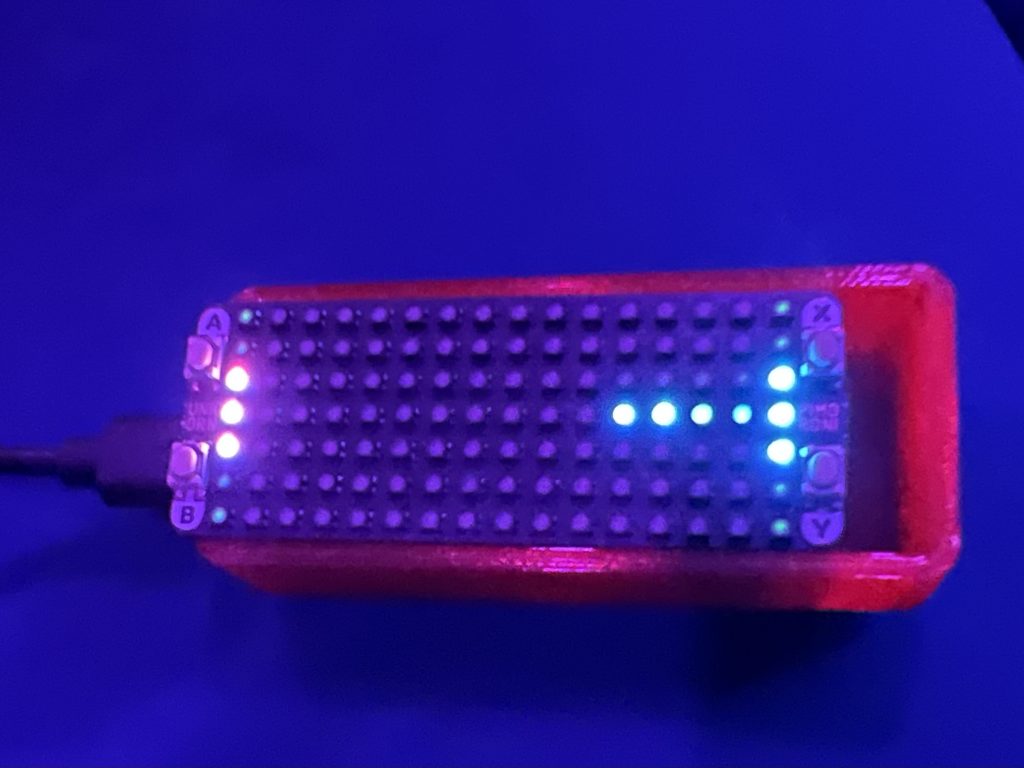I adore the Raspberry Pi platform. A small, credit card-sized computer, that’s cheap, relatively powerful and extremely versatile. If you’re looking for one, have a look at rpilocator.com which provides inventory detail around the world for Raspberry Pis.
While they primarily run Linux, there are a number of operating systems available including a bunch of Linux distributions including sub variants like Android and ChromiumOS, FreeBSD, RISC OS, and Plan 9.
I pretty much run Raspberry Pi OS, formerly Raspbian, on all my Pis. Here are a few projects I’ve created over the years
OctoPrint – I run OctoPrint on my 3D printer as a print spooler so I can keep my other computers going on other projects, especially for long print jobs.
Pi-Hole – I run an ad blocker on my home network so it a) reduces the amount of traffic on my home network, b) reduces how often we get profiled by ads, c) reduces annoying web pages as much as possible.
RetroPie – I run RetroPie on my home arcade consoles with my curated image of games from the 70s to early 2000s.
Recalbox – I have a few handheld Raspberry Pi Zero -based gaming machines such as the Retroflag GPi Case that run Recalbox. Well worth looking into as an alternative to RetroPie.
Pi1541 – When backing up old Commodore 64 disks and adding to my curated game images, I sought out Pi1541 to save backups of my disks. It works very well as a 1541 drive emulator.
Pimiga – Anyone who knows me knows how much I love Commodore Amiga computers, and I have quite a collection at home. When I heard about Pimiga, I had to try it out. It’s pretty amazing.
PiStorm – While i’ve not actually finished setting this up, I have a PiStorm to breathe new life into my Amiga 500 and 1000 in my collection. In short, it replaces the Motorola 68000 with software emulation running on the Raspberry Pi, accelerating the Amiga, and also supports RTG so you can run your Amiga off an HDMI screen rather than having to find a 15khz monitor. it also allows you to run any Kickstart – available with Coloanto Amiga Forever.
Home Assistant – I attempted to setup a Home Assistant at home, however I think I unfortunately killed the SSD – I’m in the process of reviving it – despite having a fan in the case. I went with Home Assistant as I’ve been concerned – what happens to our web-connected smart devices when manufacturers fold or cease to support a device? I’m using an Argon One M.2 case for this project.
Home brew projects
On Air Indicator – Based on a Raspberry Pi Zero W, I created an internal website that indicates if a room is in use, okay to enter, etc. Useful for Scott’s office when he’s teaching. I used a Pimoroni Blanket! LED, Apache, PHP and Python to
Game Console – An extension of RetroPie, here is a link to my page for how I put together my custom arcade game console.
What models am I using?
Primary Pi 4s and 400s with 4Gb of memory. I use a Pi 400 as my “primary” Linux machine in my office for general tinkering, testing and other geekery at home.
My OctoPi runs off a Pi 3B, and it’s more than enough power for that setup.
My handheld and On Air Indicator project run of Pi Zero Ws, and I have a Pi Zero 2W I also use with the GPI case – the 2W is close in power to a 3 which is huge.
For PiStorm, I’m using a Pi 3A which has a much thinner form factor.
And there you go!


